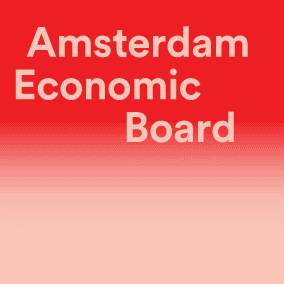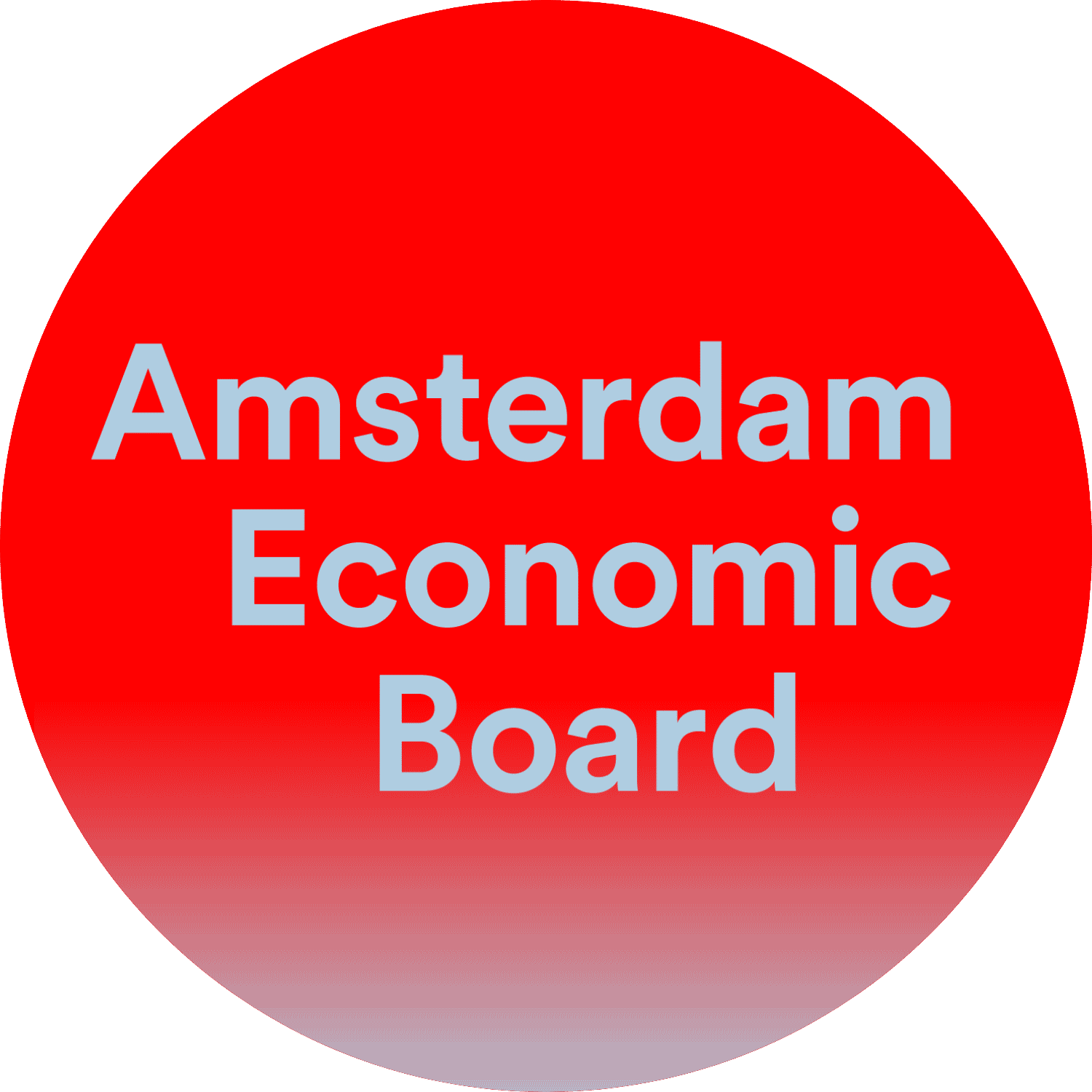Circularity is a common thread at Amsterdam Fashion Institute
Fifteen administrators of educational institutions in the region have signed the Manifesto 'Circular & Education - the role of education in future-proof innovation'. In doing so, they express the intention to anchor circular ideas in their education and research. One of the frontrunners is Amsterdam Fashion Institute (AMFI). Sustainability coordinator Gwen Cunningham explains how sustainability has - for years - been a common thread in the AMFI education program.
“Sustainability is not a new topic for AMFI : it has been at the top of our agenda for at least twenty years. As a reality school, we work closely with the fashion industry and can respond quickly to changes. As an institute, we therefore – just like the industry itself – pay a lot of attention to circularity and sustainability.
Doubling of textile production
In the past fourteen years, the production of textiles has doubled, we buy 60% more clothing. But at the same time, we only wear it half as long. This means that our raw materials are running out and we are left with a huge – and growing – textile surplus. As a fashion program, we feel a responsibility to do something about it. Around 2015, the circular economy became an important ‘talking point’ in the industry, which is why AMFI decided to include the subject as standard in the curriculum.
We have now set up a learning track around the circular economy, which is fully interwoven with the educational program and continues from the first to the last year. In recent years we have made all kinds of big and small changes to our programs – and we will continue to do so in the coming years.
The hard truth
Immediately in their first year, we confront the students with the harsh truth about textile production, so that they understand the impact of the fashion industry on the earth. Then we give them all kinds of tools to tackle the problems. The teachers are also trained on circularity, so that they can further propagate the subject in their daily lessons.
We now have iNDiViDuaLS (AMFI’s own fashion brand) redesigned our Fashion Enterprise Creation master’s program into a master’s program in circular entrepreneurship, the very first in the world. Where students used to come in with a business plan and had to come up with a sustainable addition for it during the course, we are now turning it around. To be admitted to the renewed master, students must present a social, cultural or environmental problem that they want to tackle. During the master they learn how fashion can address or even solve this problem in a sustainable way.
Every year we organize together with Circle Economy Beyond Green, a conference where students and industry people work together to come up with circular solutions to current challenges. Consider, for example, sales channels for a textile factory that is left with six million meters of fabric every year that has a very small error, or designing denim that is fully recyclable.
Different mindset
Where it used to be customary within AMFI to graduate as a fashion designer with our own collection of about eight items of clothing, we now offer much more scope for ‘disruptive innovations’ when graduating. For example, one student recently graduated with research into dyeing fabrics with bacteria, and another with a business plan to lease and rent clothing. It’s all about the change of mindset among students: the fashion industry not (only) causes the problems, but also solves them.
There is a lot of support for sustainable change within AMFI. The need to include circularity in the educational program therefore came not only from teachers and management, but also from the students themselves. A few years ago they came up with a number of recommendations for adjusting the curriculum and are now actively thinking about innovation.
Community of change makers
Last year AMFI adjusted its mission and vision. The first sentence of it AMFI Manifesto reads: ‘We believe that fashion is a force for good’ and it ends with ‘We are a fashion community of change makers’. When Viktor Bos, Challenge Lead Talent for the Future Board approached me about it manifesto that circularity must be anchored in education , we were immediately enthusiastic. We are happy to share our findings with other educational institutions that want to go through the same transition and also hope to benefit from the collective knowledge about the subject. It would be great if we could work together on methods and frameworks that can make education more sustainable in general.
It would be absolutely fantastic if the manifesto also starts a movement internationally. The international fashion industry is setting ambitious goals in the field of circularity and sustainability, and we must align with this with our education. As AMFI we would very much like to join forces with other fashion institutes, so that as a collective we can change ‘the future of fashion’.”
Partners Manifesto ‘Circular & Education’
UvA, VU, InHolland, Amsterdam University of Applied Sciences, HvA/AMFI, ROC van Amsterdam/Flevoland, ROC Top, Regio College, ZAAM, AMS, MSA, OOADA, Esprit comprehensive school, Clusius College, Amsterdam Economic Board.
Education signs manifest circular ideas. Join!
Sign the manifesto online and submit your plan via: https://www.amsterdameconomicboard.com/circulairmanifest
Role Board
The Amsterdam Economic Board has initiated the drawing up of a ‘Circular & Education’ manifesto to integrate circular ideas into education and research, together with leaders in education from the region.
Interview: Ronne Theunis
7 February 2019
Read more about
Contact us
Want to keep up to date?
Get the best regional news and events (in Dutch) via the Board Update newsletter
Share this news
Want to keep informed?
Follow us daily on LinkedIn and sign up for the Board Update newsletter.
Read more
- On 14 and 15 October, board members of the Amsterdam Economic Board convened for ...
- Focusing more on women in health care innovation and research will have ...
- What is the Amsterdam Metropolitan Area’s position on critical raw materials? ...

